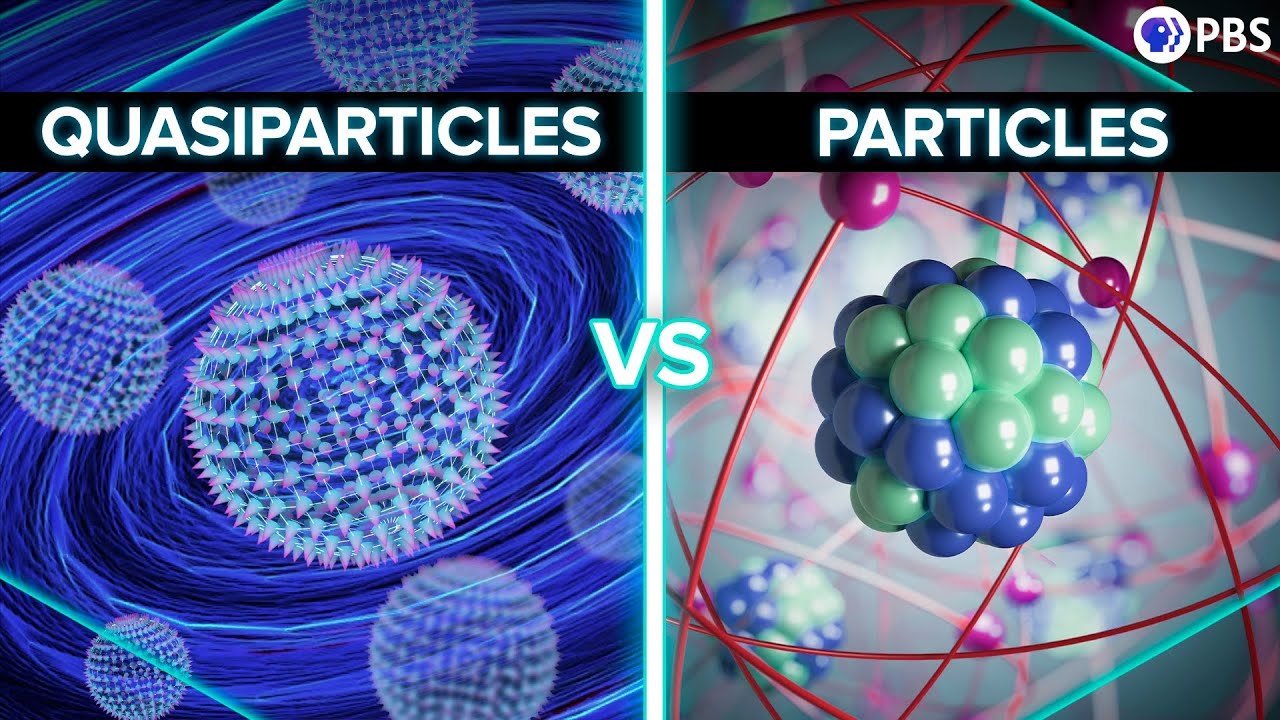I assume a lot of people here are familiar with PBS Spacetime, but if not you should check them out! This particular video is one of my favorites of theirs, because it’s tangentially related to my field of research but also because they do (in my opinion) a really good job of explaining quasiparticles in an intuitive way



I don’t think the term is really used for particles that can exist outside of a condensed matter system (eg a liquid or solid). For example, neutrons are composed of quarks, but since you can have an isolated neutron in a vacuum we think of them as real (albeit composite) particles. Whereas it doesn’t make sense to think of a phonon existing in a vacuum, it needs a condensed medium to exist in.
Take that distinction with a grain of salt though, I’m not a particle physicist. There may well be things I’m unaware of that they’d call quasiparticles and which don’t need a condensed medium to exist in.
I see you. That makes sense. I struggle with the grayness of reality and the duality of definitions we impose on it yk? Not to say I’m against the definitions, just that things get confusing for me.
Like Matter is just energy, how close does matter/energy have to be to call a perturbation in that system a quasi particle. And, if we think the the fundamental fields physically exist then are they made of anything, and if so wouldn’t they likely be made of some type of energy? Is that energy close enough to call our fundamental particles quasi particles?
I get you. When we define something and put it in a category, we’re necessarily making simplifications. Humans have words and definitions, nature doesn’t. That doesn’t mean definitions are useless (actually I think they’re really important!), it’s just worth keeping in mind that they’re maps, not the landscapes themselves.
That said, I’m not sure that it makes sense to think of fundamental fields as being made of anything, even energy. That have energy… I don’t know, I’m just a lowly materials scientist lol, hopefully our community will attract some honest-to-goodness physicists at some point who might have a more well developed perspective on this!